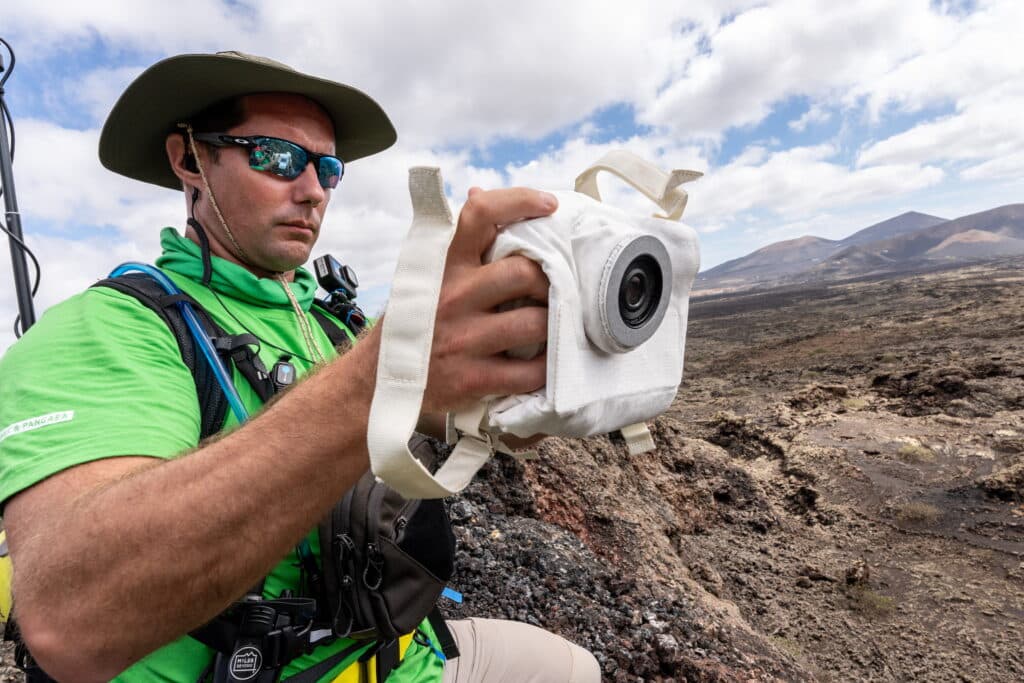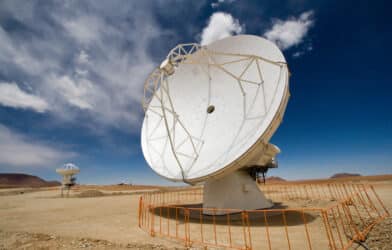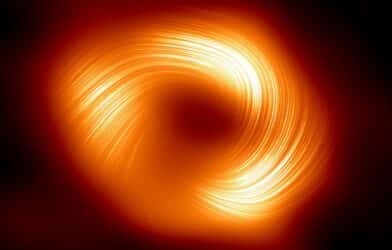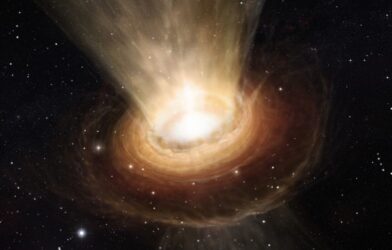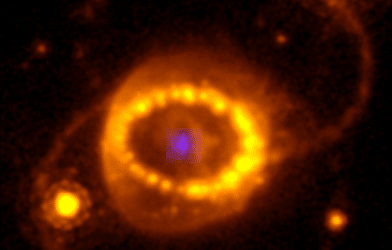As astronomers and space enthusiasts alike eagerly anticipate the next giant leap with NASA’s Artemis missions to the Moon, a critical piece of equipment is being perfected with a little help from European space experts: the ultimate lunar camera. The Handheld Universal Lunar Camera (HULC), a key tool for documenting the Artemis astronauts’ scientific endeavors, is undergoing rigorous testing, with European astronauts playing a pivotal role in its development.
In the otherworldly terrain of Lanzarote, Spain, akin to the Moon’s surface, the HULC was put to the test. Here, under the guidance of the European Space Agency (ESA) and through the PANGAEA training program, astronauts mimicked the conditions they would encounter on the lunar surface. These astronauts, equipped with the ESA Electronic Field Book, embarked on geological field trips, allowing instructors to monitor and assist them in real-time.
“Adding the Moon camera allowed the crew to have a realistic taste of lunar surface exploration. It was a great enhancement of their experience, something we’d be happy to repeat in future editions,” says Loredana Bessone, PANGAEA’s Project Lead, in a statement.
Such advancements are leaps beyond the days of the Apollo 11 mission, where astronauts wielded a mechanical Hasselblad camera to take over 1,400 photos. The HULC, however, is not just another camera; it’s been ingeniously modified for the harsh conditions of space.
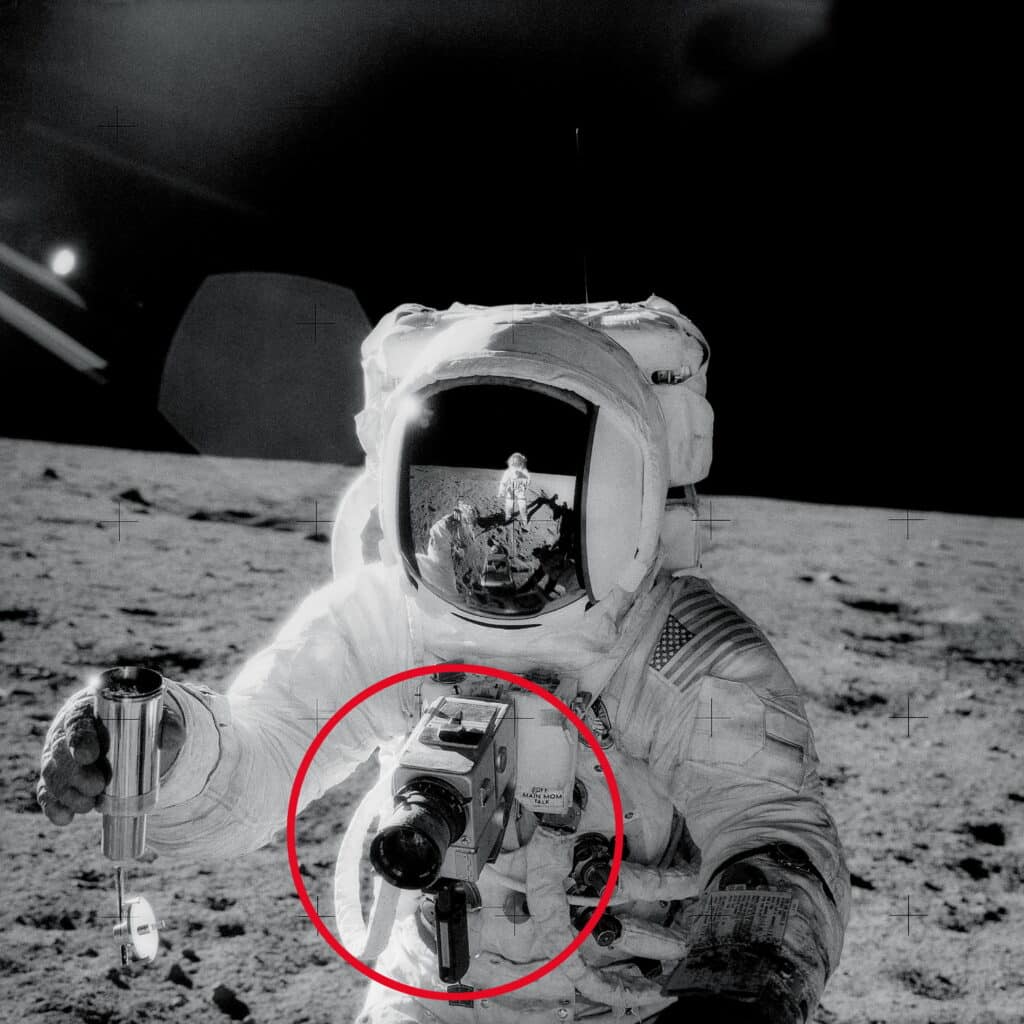
With temperatures on the Moon swinging between extremes, the HULC has been dressed in a protective blanket for thermal insulation and fortified against the pervasive lunar dust. The camera’s professional components are excellent at capturing light, and its state-of-the-art lenses are now being meticulously selected for future missions.
Thomas Pesquet, an ESA astronaut with an eye for photography, lauds the device: “The engineers have done a really good job reconfiguring the buttons and arranging them in a simple yet reliable protection for the camera.” Pesquet, along with colleagues from NASA and the Japanese space agency, subjected the HULC to both the glaring light of day and the abyssal darkness of volcanic caves to simulate lunar photography conditions.
Jeremy Myers, NASA’s lead for the HULC camera, stresses the importance of ease of use. “The human factor is a big deal for us, because you want the camera to be intuitive and not taxing on the crew.” The evaluation was not solely about usability; ensuring the camera’s scientific utility was equally crucial. “It was very useful to have the geologists’ point of view to make sure the photos had the right resolution, depth of field and exposure to maximize the science results,” Myers adds.
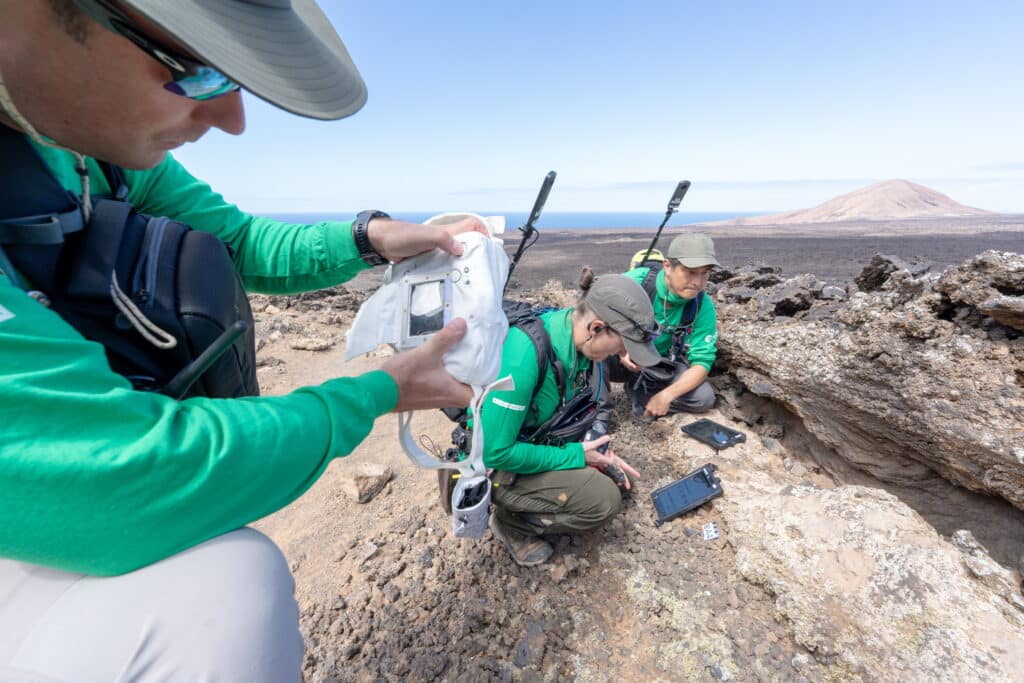
The HULC’s mirrorless design is a first for handheld space photography, selected for its superior performance in low light, perfect for the Moon’s challenging environment. Moreover, the camera will record videos to aid ground teams and document explorations. The Artemis III mission, which will target the South Pole of the Moon, will rely on the camera to capture everything from the minutiae of lunar rocks to sweeping panoramic vistas, despite the challenging conditions.
Extensive testing, including trials in the Arizona desert and evaluations by ESA astronaut candidates, continues to refine the camera. Even the International Space Station is set to be a testing ground for it soon.
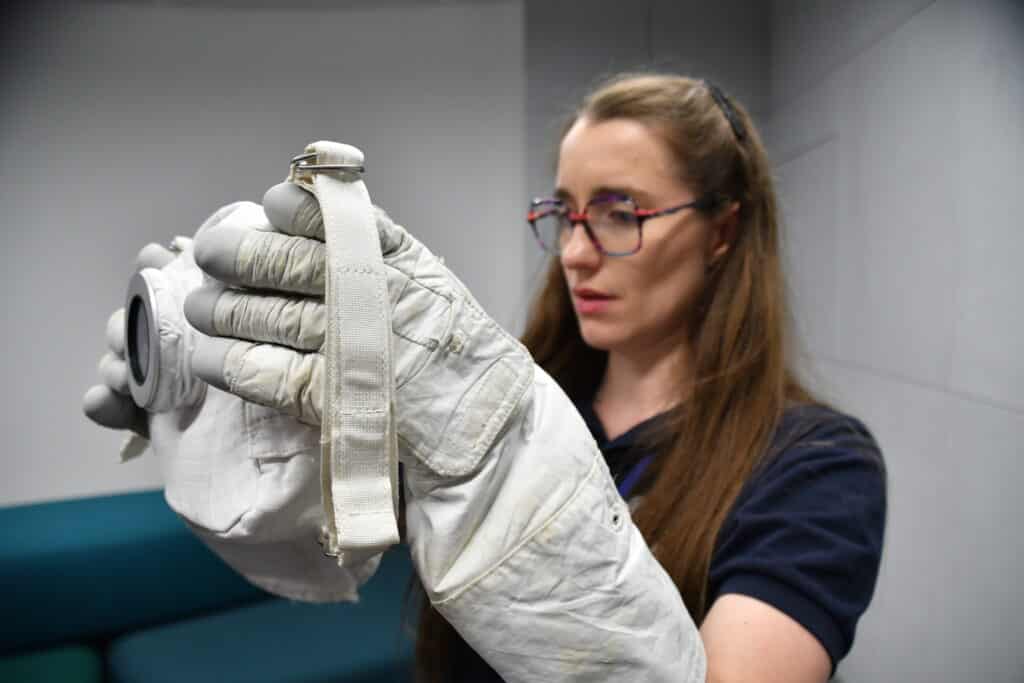
As preparations for the Artemis III lunar landing progress, the camera evolves. “I am positive that we will end up with the best product – a camera that will capture Moon pictures for humankind, used by crews from many countries and for many years to come,” Myers concludes with confidence.
The collaboration between NASA and ESA exemplifies the global effort and shared excitement in advancing space exploration technology, with the HULC poised to capture the next iconic images of our celestial journeys.
